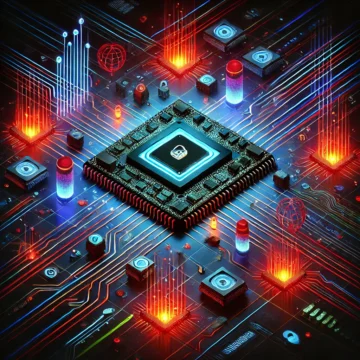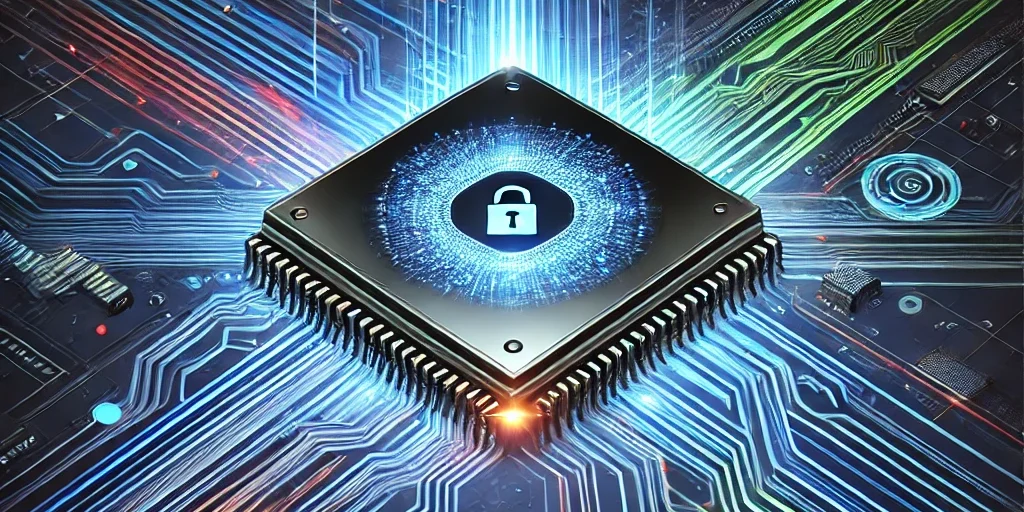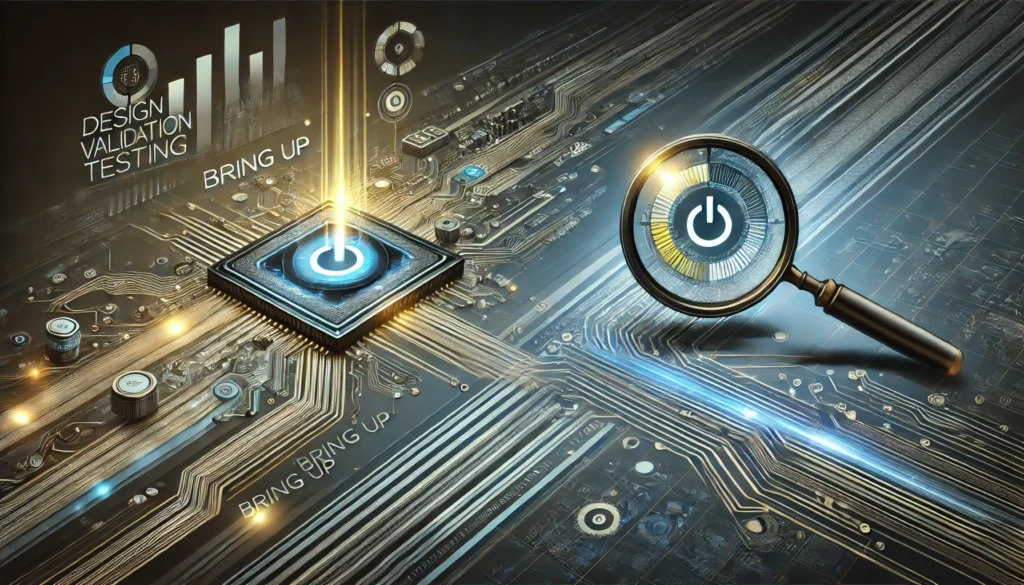Side-channel attacks are among the most subtle—and effective—threats to modern cryptographic systems. Even though the underlying algorithms are mathematically robust, their implementations can present exploitable weaknesses. In this article, we explore how these attacks work, the main techniques employed by attackers, and practical ways to safeguard against these vulnerabilities.

What Are Side-Channel Attacks?
Side-channel attacks do not target the cryptographic algorithm itself; instead, they exploit its implementation. Rather than breaking the math behind encryption, attackers leverage indirect signals emitted by hardware during normal operations—such as power consumption, execution time, and electromagnetic emissions—to extract secret information.
Why Are These Attacks So Effective?
There are two key reasons behind the success of side-channel attacks:
- Focus on Implementation: Even algorithms proven to be secure can become vulnerable if their implementations are flawed. These attacks exploit the “side effects” that occur when cryptographic operations are executed.
- Non-Invasive Nature: Often, these attacks are passive, meaning the attacker monitors naturally emitted signals without interfering with system operations. This makes detection difficult since no obvious changes occur in the hardware or software.
The Phases of a Side-Channel Attack
A typical side-channel attack unfolds in two main phases:
- Measurement Phase: During normal system operation, the attacker collects physical signals—such as fluctuations in power consumption, execution times, or acoustic emissions. This phase may involve using specialized equipment to monitor the device without altering its behavior.
- Data Analysis Phase: With the collected data, the attacker conducts detailed analyses to correlate the observed signals with the internal operations of the system, ultimately revealing sensitive information such as cryptographic keys or configuration data.
Main Types of Signals Exploited
Side-channel attacks can tap into various sources of indirect information. Below are some of the most common ones:
Power Consumption and Current
- Dynamic Consumption: As circuits switch states (from 0 to 1 and vice versa), they create power spikes. The pattern of these spikes can reveal which operations are being executed.
- Leakage Current: Even when a system is idle, small leakage currents may carry information about the processed data.
Timing Analysis and Data Dependency
- Execution Time: The time a circuit takes to perform certain operations can vary based on the data being processed. For instance, a multiplication by zero is executed much faster than one involving larger numbers, offering clues about the values in play.
- Control Flow: Conditional statements (such as if-else branches) can leak information since different execution paths often require different amounts of time.
Electromagnetic (EM) Emissions
- EM Wave Leakage: Electronic components emit small amounts of electromagnetic radiation during operation. In close proximity, these emissions can be captured and analyzed to reveal the chip’s internal processes.
Optical and Acoustic Emissions
- Optical Emissions: Some circuits emit visible or infrared light during operation, which optical sensors can capture to assist in data extraction.
- Acoustic Signals: Sounds generated by devices—like keyboard clicks or the hum of electronic components—can be analyzed to identify patterns corresponding to internal operations. Historical cases have shown that even the mechanical noise from old encryption machines was exploited through acoustic analysis.
Scan Chain Attacks
Scan chain attacks take advantage of built-in testing features in many chips. During tests, flip-flops are connected in series to facilitate integrity verification. However, this same chain can be exploited to extract critical internal state information from the system.
Practical Examples and Security Impacts
Various side-channel techniques have been successfully employed in real-world scenarios. For example, acoustic analysis has been used to determine the initial settings of encryption machines, and power consumption attacks have been pivotal in extracting keys from devices that were presumed secure. These examples show that even without invasive physical access, critical information can be compromised.
Moreover, combining passive and active methods—such as controlling input data to provoke specific conditions in the chip—can significantly enhance the efficiency of an attack, making defenses even more challenging.
Defense Strategies: How to Protect Yourself
Given the sophistication of side-channel attacks, implementing robust countermeasures is essential. Some effective strategies include:
- Reducing Physical Leakage: Techniques like masking and randomization can diminish the correlation between physical signals and the processed data.
- Secure Architectures: Hardware design can incorporate mechanisms to minimize unintended signal emissions, such as balanced circuits and uniform power dissipation techniques.
- Vigilant Testing and Monitoring: Implementing routines that monitor for abnormal device behavior can help detect attack attempts—even those that are subtle.
It is important to recognize that achieving complete security is an ongoing challenge. Therefore, integrating protective measures at both the hardware and software levels is critical to mitigating the risks associated with side-channel attacks.
Conclusion
Side-channel attacks illustrate that the security of cryptographic systems extends far beyond the robustness of the underlying algorithms. The manner in which these algorithms are implemented—and the physical signals generated during their operation—can expose critical secrets without any invasive access to the device. By gaining a deep understanding of the techniques employed by attackers and applying comprehensive countermeasures, it is possible to bolster the defenses of these systems against such sophisticated threats.
Staying informed about the latest security trends and investing in continuous research is essential to ensuring that systems remain resilient against vulnerabilities exploited by side-channel attacks. In the race for security, every detail counts!
To further explore related topics in hardware security, check out these articles:
- “Physical Attacks: Unveiling Hardware Security Threats”, where we delve into invasive and non-invasive attack techniques that challenge hardware security.
- “Physical Attacks on Hardware: Unveiling Threats and Defense Strategies”, which highlights effective countermeasures against physical and side-channel attacks.
- “Integrated Circuit Metering: Protecting Your Intellectual Property in the World of Chips”, discussing advanced techniques to safeguard hardware designs from unauthorized exploitation.
Together, these articles provide a comprehensive understanding of hardware vulnerabilities and the strategies to defend against them.





Pingback: Power Analysis Attacks: Unveiling SPA and DPA in Cryptographic Security - FortShield: Security for Professional Developers
I have read several good stuff here. Definitely price bookmarking for revisiting. I wonder how much attempt you place to make one of these fantastic informative web site.